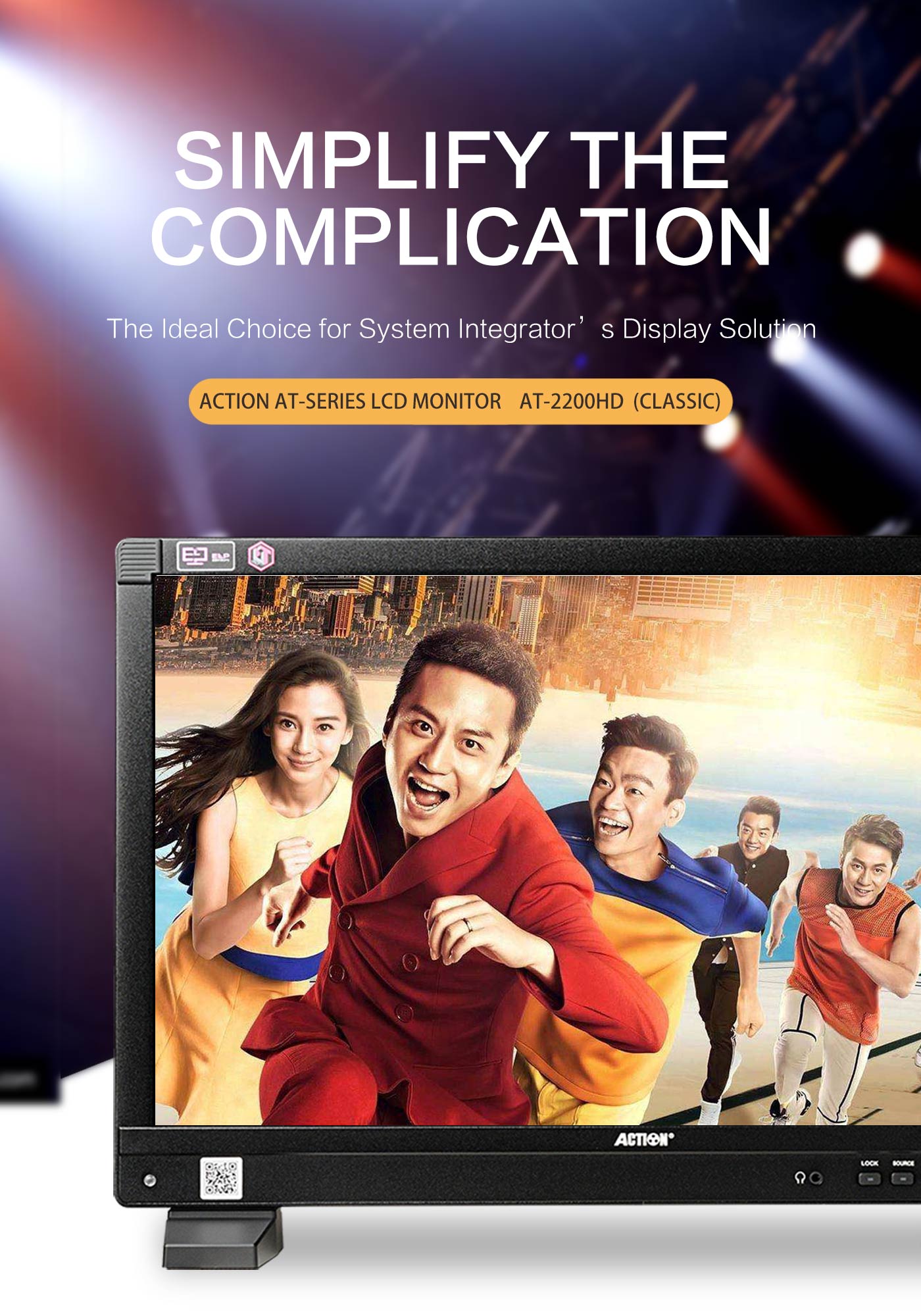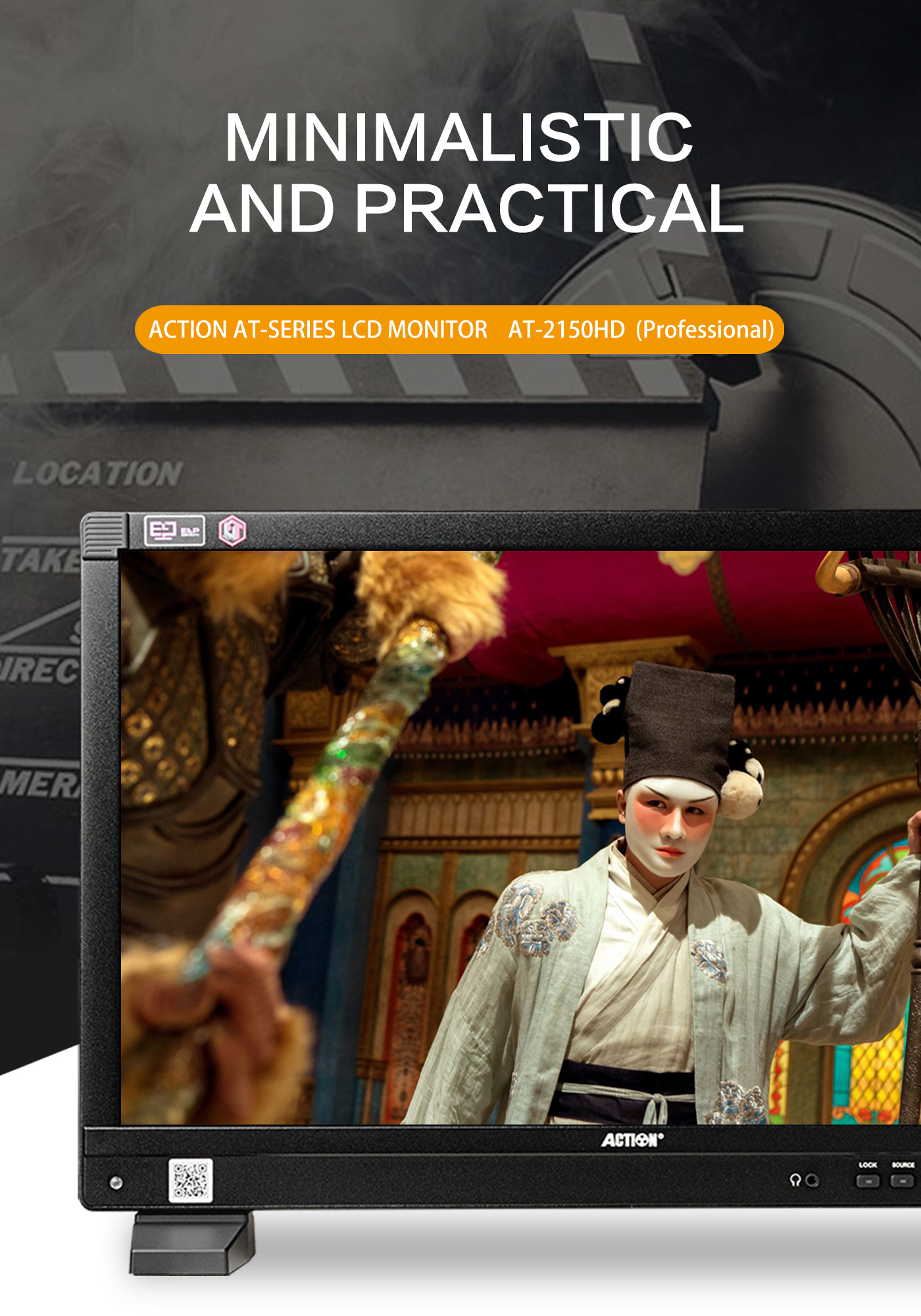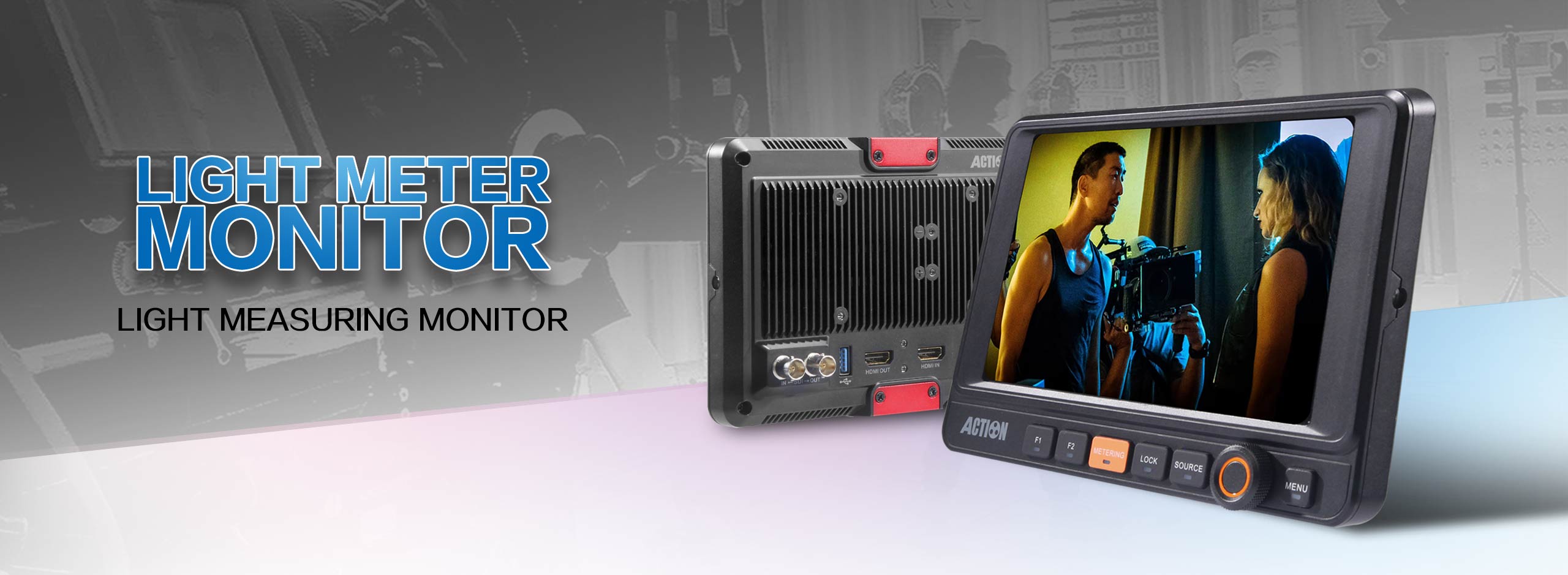In fact, color correction is not so mysterious, read this article, so that you are no longer confused
June 20, 2022
Friends who follow or use monitors have probably heard of the technical term LUT, which translates as “look-up table”.
LUT technology is widely used, today we will talk about color correction LUT.
Its working principle is very simple. It is to use professional testing instruments to detect and correct components such as R/G/B (that is, red, green, and blue) input into the monitor image signal according to relevant international standards. Thereby, the color reproduction index displayed on the screen conforms to the corresponding international standard.
Unfortunately, in our actual application, whether the image color reproduction conforms to international standards, the monitor itself does not display quantitative indicators, but only provides a menu option for color standards, such as: Rec-709, Rec2020, etc.
This brings up a question, why are some monitors clearly marked with a built-in LUT function, but the actual display effect is not satisfactory?
We will not discuss the follow-up periodic calibration of the monitor here, but only explain the reasons for the color deviation of the newly purchased monitor.
There are roughly the following points:
Not professional testing equipment or testing equipment is too simple.
The signal detection project is too simple, such as: only the RGB vertex values are detected, and the detection of grayscale, gamma and saturation is ignored.
When selecting the panel (ie, the display screen), the important physical specification of color gamut is not controlled. The detection of this specification is to rely on professional testing equipment to obtain. If you don’t have professional test equipment, you can’t choose a screen suitable for the monitor.
Simply , with a panel with an insufficient color gamut, even with calibration techniques, color reproduction will not be ideal. On the other hand, no matter how good the panel is, without professional calibration technology, it cannot achieve a satisfactory display effect.
For most users, it is not the LUT and the color correction “look-up table” that pay the most attention, but the most intuitive display effect, that is, the image presented by the subject and the monitor screen is grayed out. Whether the degree and color are consistent, or close. If not, it cannot be used as a benchmark monitor.
Here are a few pictures from the Hawaii filming site, sent by a TV station user from the filming site. The photographer only said one sentence: “I can stop color grading”. Indeed, it can be seen intuitively from the picture that the color reproduction of the interviewee and the image displayed on the monitor are almost the same.




In fact, as a user , there is really no need to worry about whether there are invisible and intangible things such as Luts. As long as the white balance of the photographic camera is adjusted correctly, and the image displayed on the monitor screen is consistent with the actual subject, you can use it with confidence. Then choose a monitor is the same way, very simple.
Just believe in your professional vision.






